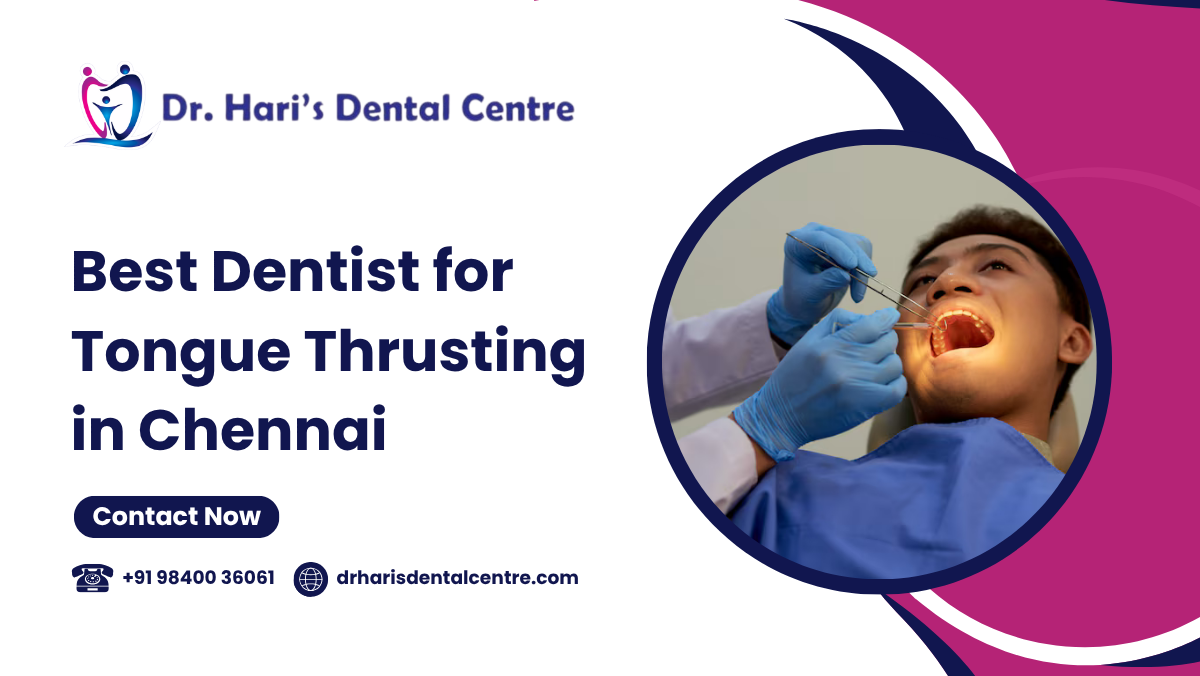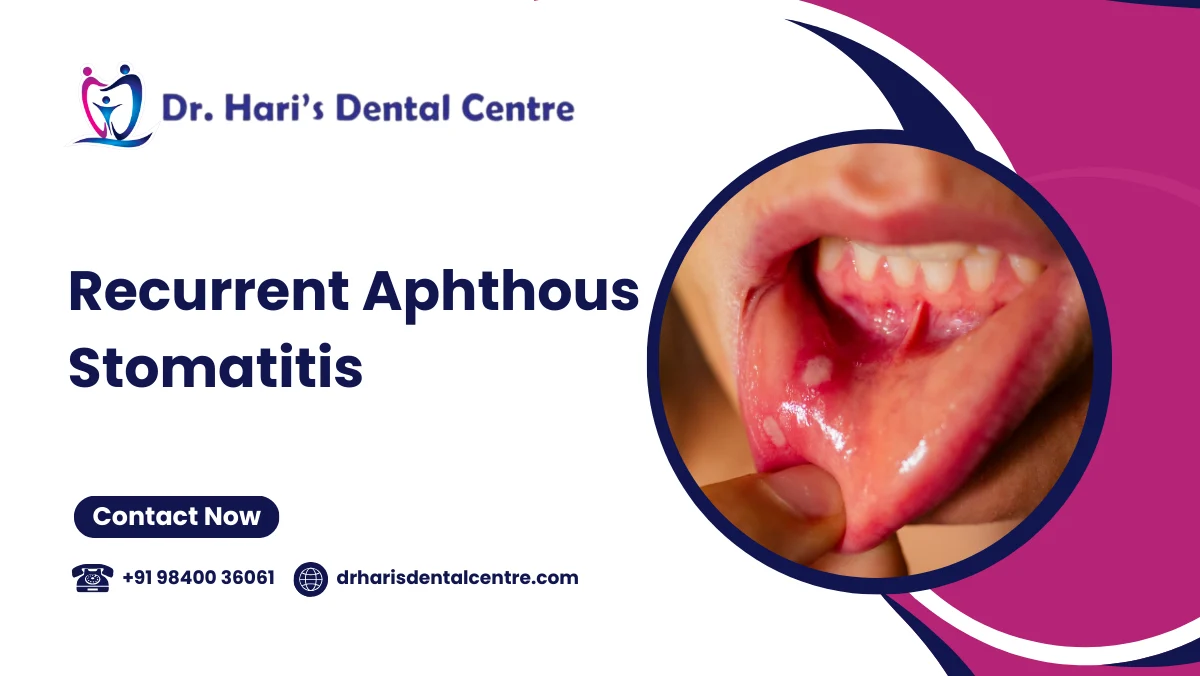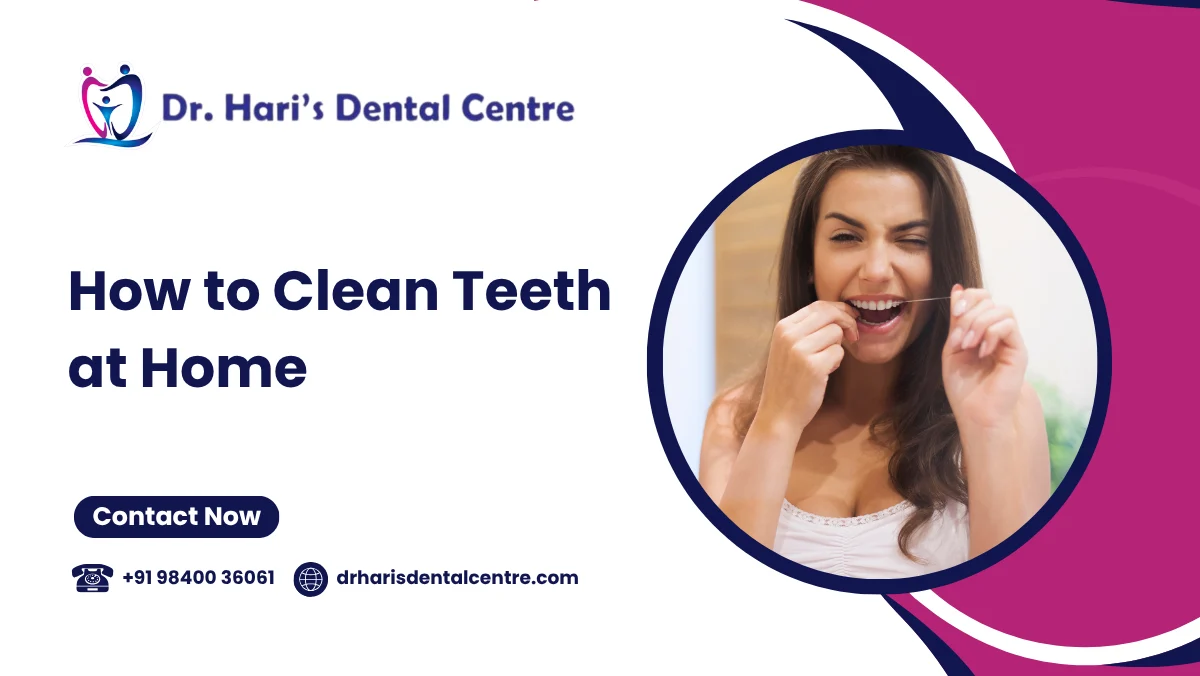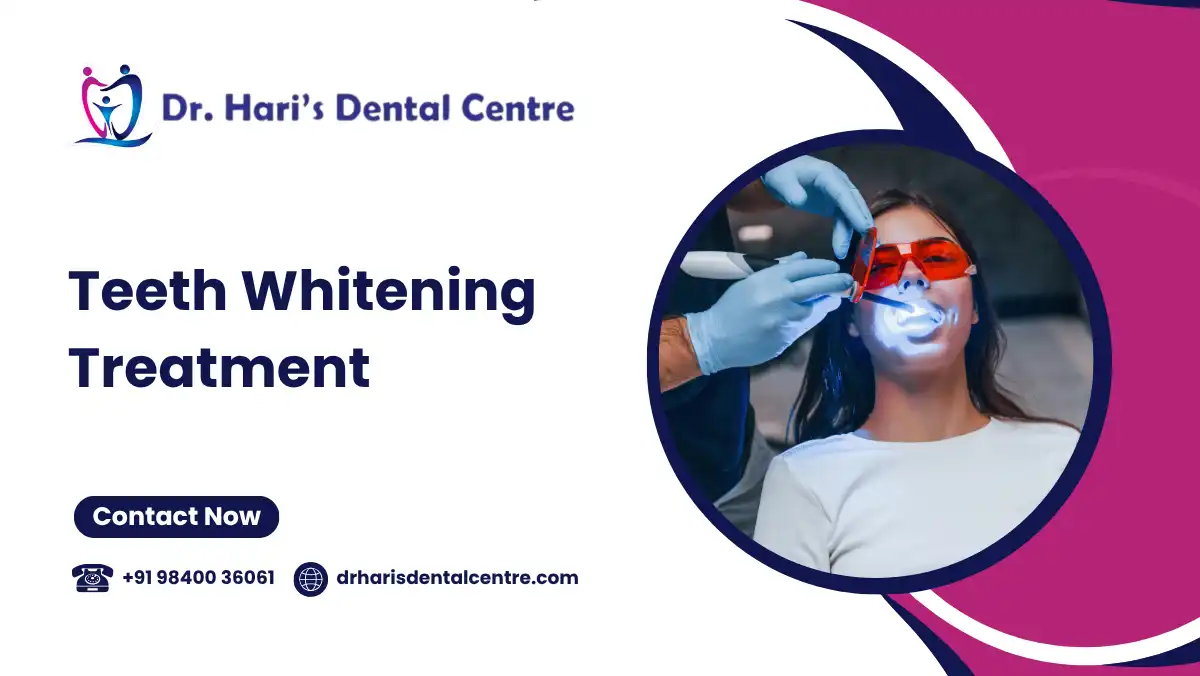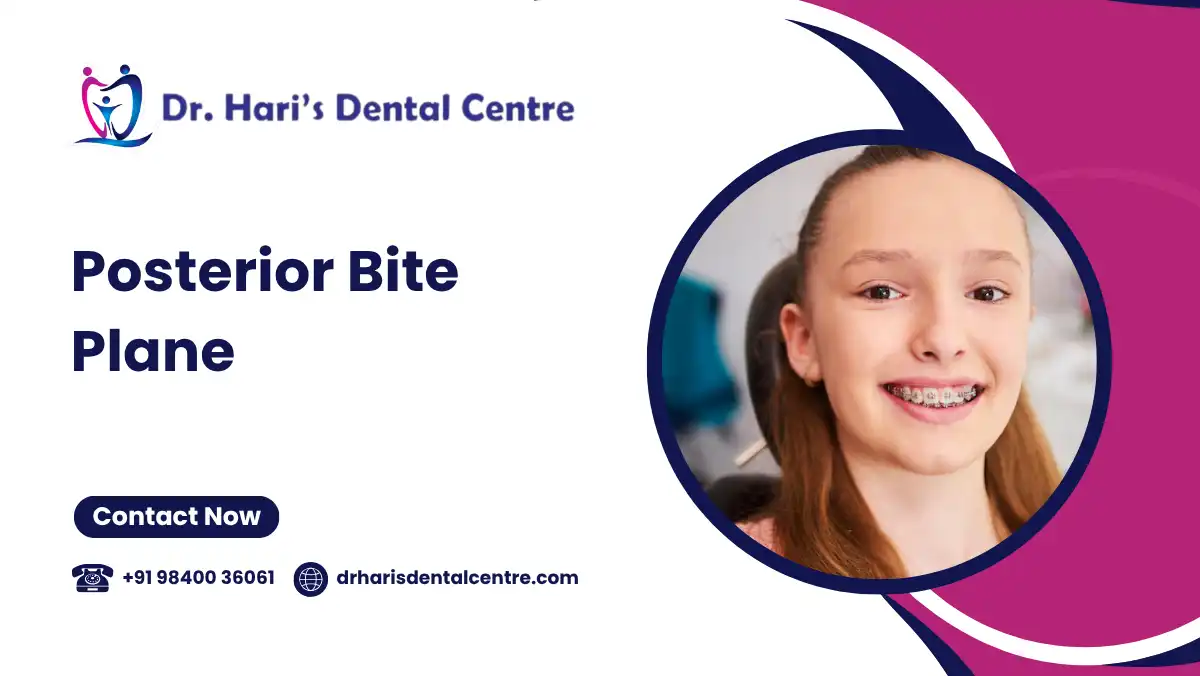Periodontics focuses on the health of the gums and supporting structures around the teeth. From early childhood to adulthood, gum care is essential for maintaining functional and aesthetic oral health. Gum disease can begin with mild inflammation but may progress to tooth loss if left untreated. Specialized periodontal procedures help treat and manage these issues early on, preventing long-term complications. Whether a child has early signs of gingivitis or an adult faces advanced periodontitis, timely care supports recovery and long-term stability. The field combines preventive, therapeutic, and maintenance strategies to ensure strong, disease-free gums throughout life.
Scaling & Root Planning
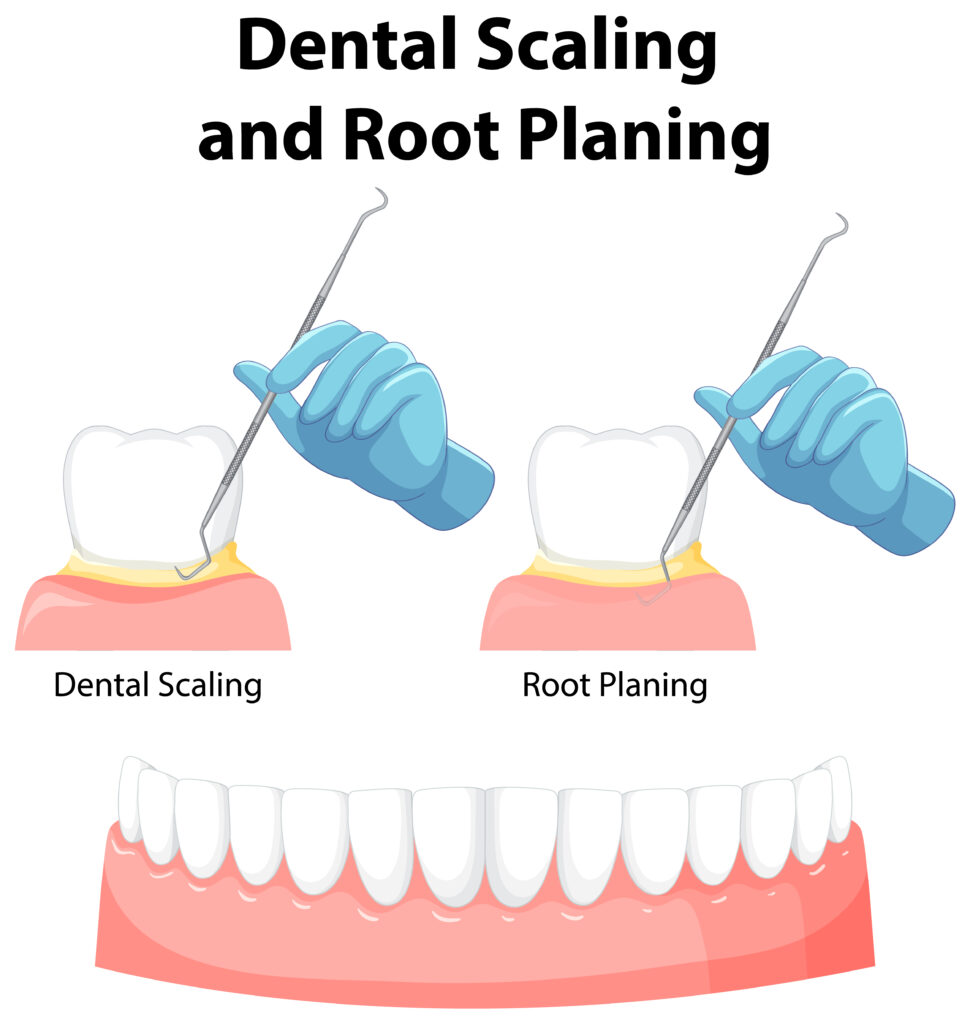
Scaling and root planing is a foundational, non-surgical periodontal procedure designed to treat early to moderate gum disease in both children and adults. It involves meticulously cleaning the root surfaces beneath the gums to remove plaque, calculus (tartar), and bacterial toxins that contribute to inflammation and infection. This deep cleaning technique allows the gum tissue to heal, reattach to the teeth, and regain stability. The procedure is typically done under local anesthesia to ensure comfort, and depending on the severity, may be completed over multiple visits.
- Plaque and Tartar Removal:Removes stubborn, calcified deposits from beneath the gumline that daily brushing and flossing cannot eliminate. This reduces the bacterial load, helping to control inflammation and prevent further infection in both kids with early signs and adults with chronic gum disease.
- Smoothing Root Surfaces:Dentists smooth the root surfaces through careful planing, making it difficult for bacteria to accumulate. This smooth texture promotes better gum reattachment, minimizes pocket formation, and encourages long-term tissue regeneration.
- Preventing Disease Progression:This treatment is crucial in stopping the advance of gum disease. For children, it prevents mild gingivitis from worsening. In adults, it serves as a key intervention to avoid tooth mobility, bone loss, and eventual tooth loss if left untreated.
Curettage
Curettage is a therapeutic periodontal procedure that involves the careful removal of diseased soft tissue from the inner walls of gum pockets. It is primarily performed when the gums have become inflamed to the point where the tissue begins to detach from the teeth, often seen in moderate to advanced cases of gum disease. This procedure is commonly paired with scaling and root planing to fully clean and detoxify the affected areas.
- Removal of Diseased Tissue:Targets and removes the chronically inflamed epithelial lining that harbors pathogenic bacteria. This not only stops the spread of infection but also creates an environment conducive to healthy tissue regeneration and reattachment to the tooth surface.
- Reducing Pocket Depth:By eliminating infected tissue and allowing new, healthy gums to grow, curettage significantly reduces the depth of periodontal pockets. This improves oral hygiene access and minimizes the risk of future bacterial buildup.
- Ideal for Children and Adults: Highly effective in treating early gum disease caused by inadequate oral care in children, and in managing localized or generalized periodontitis in adults, serving as a minimally invasive yet effective periodontal solution.
Excisional New Attachment Procedure (ENAP)
The Excisional New Attachment Procedure (ENAP) is a targeted, minimally invasive periodontal surgery aimed at treating gum disease while preserving the integrity of surrounding healthy tissues. This approach is particularly beneficial in managing moderate periodontitis in teens and adults, especially when early intervention can prevent the need for more extensive surgical procedures. ENAP works by eliminating the diseased inner lining of the gum pocket, encouraging the body’s natural healing response to regenerate healthy tissue and reattach to the tooth root surface.
- Selective Removal of Diseased Epithelium:Only the infected epithelial lining inside the periodontal pocket is carefully excised. This precision ensures healthy gum tissue is preserved, promoting quicker healing and reducing post-operative discomfort, bleeding, or swelling.
- Encouraging Natural Reattachment:By thoroughly cleaning the root surface and removing harmful bacteria and tissue, the environment becomes suitable for new connective tissue to regenerate. This supports the natural reattachment of the gums to the teeth, stabilizing the foundation and preventing further bone loss.
- Conservative Alternative to Major Surgery:ENAP is ideal for those not yet requiring full surgical flap procedures. It offers effective results with minimal disruption to oral structures, making it a practical solution for patients seeking early periodontal care with reduced invasiveness.
Splinting
Splinting is a periodontal procedure designed to stabilize loose or mobile teeth that have become compromised due to trauma, bone loss, periodontal disease, or developmental irregularities. By bonding mobile teeth to adjacent, more stable ones, splinting redistributes biting forces, improves comfort during chewing, and preserves the integrity of the dental arch. This conservative approach allows patients to retain their natural teeth while promoting healing of the surrounding tissues. Splinting can be temporary or long-term, depending on the underlying cause and the patient’s overall oral health condition.
- Stabilizing Mobile Teeth:Provides immediate reinforcement to loose teeth by joining them with adjacent stable teeth using materials like resin composites, fiber-reinforced strips, or orthodontic wires. This connection helps reduce mobility and restore functional bite strength.
- Protecting Against Further Trauma:By preventing further tooth movement during daily activities such as chewing and speaking, splinting minimizes the risk of additional damage. It creates a stable environment, allowing the gums and supporting bone to heal and regenerate without ongoing stress.
- Effective for All Ages:Ideal for children who have suffered sports-related or accidental injuries and adults experiencing advanced periodontal disease. Splinting helps maintain natural dentition, delaying or avoiding the need for extractions or prosthetic replacements.
Subgingival Cleaning (Deep Cleaning Treatment)
Subgingival cleaning, commonly known as deep cleaning, is a critical periodontal procedure aimed at removing plaque, calculus, and bacteria from beneath the gumline. This treatment is essential for managing and preventing gum disease in both children and adults, especially when early signs of periodontal pockets are detected. Unlike routine dental cleanings, subgingival cleaning reaches areas where toothbrushes and floss cannot, targeting the root surfaces and surrounding tissues to restore gum health.
- Thorough Cleaning Below Gums:Uses specialized manual or ultrasonic instruments to access deep periodontal pockets and effectively eliminate plaque, tartar, and biofilm that contribute to chronic inflammation and breakdown of gum and bone tissues.
- Reducing Bacterial Infection:By removing harmful bacteria from hidden areas beneath the gums, this procedure helps resolve swelling, bleeding, and infection. It also lowers the risk of bacteria entering the bloodstream, which can affect overall health if left untreated.
- Essential for Long-Term Maintenance:Highly beneficial for children with orthodontic appliances that trap food and plaque and for adults with chronic periodontitis. Regular deep cleanings support gum stability, prevent disease recurrence, and maintain the health of teeth and supporting structures over time.
Conclusion
Healthy gums are essential at every age. Periodontics offers preventive and corrective solutions that keep the foundation of the teeth strong and disease-free. Whether a child is showing early signs of gum inflammation or an adult is facing tooth mobility due to bone loss, treatments like scaling, curettage, ENAP, and splinting provide lasting relief and stability. These procedures not only improve gum health but also restore confidence and comfort in everyday activities like eating and speaking. At Dr. Hari’s Dental Centre, we deliver age-appropriate periodontal care in a safe and supportive setting, ensuring that every patient—young or old—receives personalized treatment backed by experience and precision. Prioritizing gum care is a vital step toward lifelong oral wellness.


